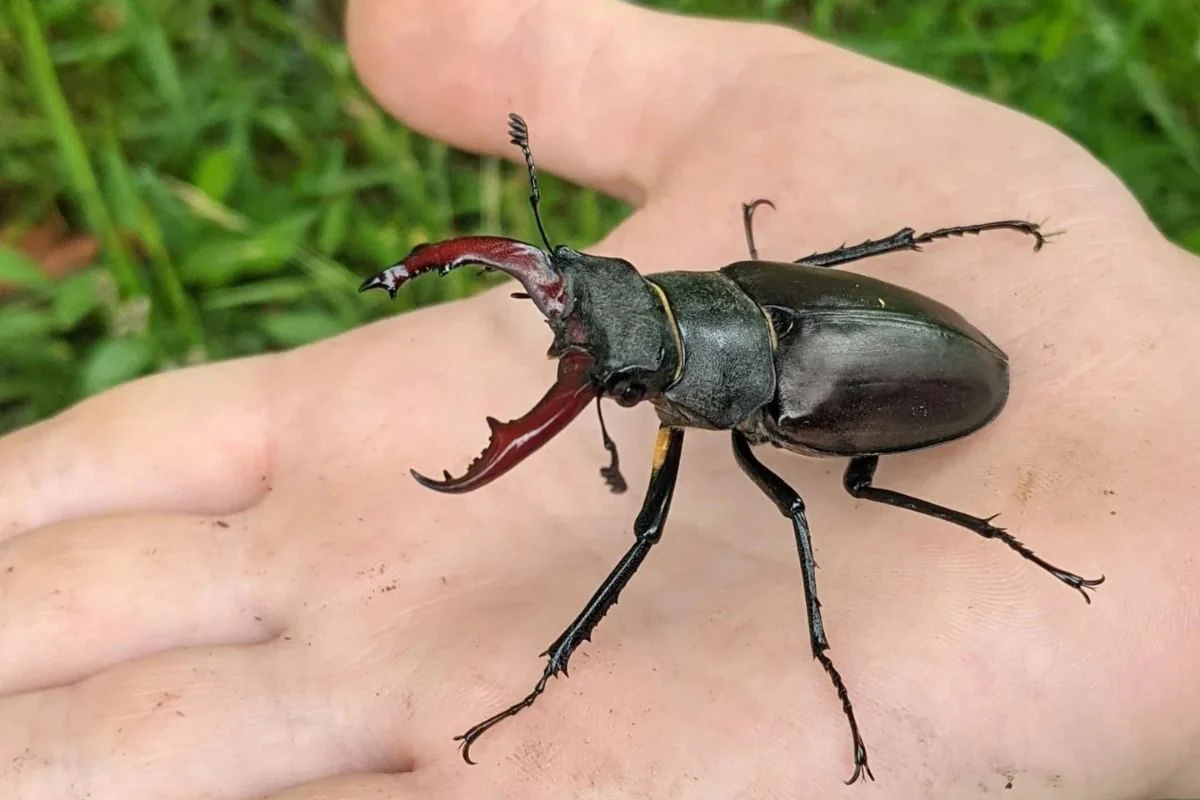The stag beetle is renowned as one of the most costly insects in the world. The stag beetle is renowned as one of the most costly insects in the world. Have you ever considered spending ₹75 lakh for an insect? Collectors are willing to pay up to ₹75 lakh for this stag beetle with formidable mandibles, despite the fact that most people would hesitate to spend that much money on an insect. The stag beetle is one of the most costly insects in the world due to its great market demand. As the beetle has become more expensive than various versions of BMW and Audi, let’s find out the exact explanation for the high demand.
The stag beetle is now among the priciest insects on the planet, according to media sources. The cost of buying a single bug might reach ₹75 lakh each. The stag beetle is thought to be hard to find and therefore lucky. Many individuals think that having a single insect may suddenly make them wealthy.
The distinctive look of stag beetles is one of its distinctive features. The insect’s mandibles are enormous. The male stag beetle’s mandibles are said to resemble a stag’s antlers, according to an article in the Economic Times. During the breeding season, these mandibles are useful when stag beetles compete for mating opportunities.
The importance of stag beetles in medicine is another factor that has raised their market value. According to ET, stag beetles are used in medical procedures. In addition to their therapeutic value and distinctive look, these insects are essential to preserving the ecological equilibrium. They support the nitrogen cycle and the health of the forest by assisting in the decomposition process.
Male stag beetles can reach anywhere between 4 and 9 cm long, according to the European Stag Beetle Monitoring Network. On the other hand, female stag beetles can be anywhere between 3 and 4 centimeters long. The lifespan of these insects is three to seven years. According to the Natural History Museum, the larva spends the great bulk of its time underground digging tunnels. The jaws of the female stag beetle are smaller. Researchers frequently mistake the female stag beetle for different species.
Also Check: KKR Team List For IPL 2025





